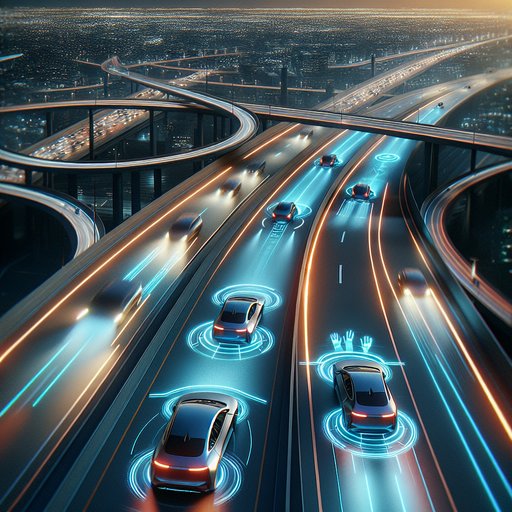
We benchmarked three 2024 systems—Tesla Model 3 (Autopilot), Hyundai Ioniq 5 (HDA 2), and BMW i4 (Driving Assistant Professional)—over a repeatable 200 km highway loop to compare lane-centering smoothness, hand-on-wheel detection, and cut-in/cut-out behavior in real traffic.
Test cars: Tesla Model 3 RWD with camera-only Autopilot (vision-based lane centering and adaptive cruise), Hyundai Ioniq 5 AWD with HDA 2 (camera plus forward and blind-spot radars), and BMW i4 eDrive40 with Driving Assistant Professional (camera + radar, capacitive steering wheel, driver-monitor camera). All ran current public software as delivered, on OE tires with fresh calibrations and fully warmed systems. The loop included three motorway segments with posted limits of 100–120 km/h, long-radius sweepers, concrete and asphalt surfaces, and two construction zones with faded markings. Ambient 19–22°C, dry, light crosswind.
We set following distance to the mid setting on each car and cruise to an indicated 115 km/h where legal. Data logging via VBox and a lane-tracking camera yielded lateral deviation and intervention counts. Lane-centering smoothness: The BMW felt the most “natural,” holding near-center with minimal nibble over joints; lateral position standard deviation averaged 0.14 m and steering corrections were progressive. Tesla tracked confidently but with crisper, more frequent micro-corrections on concrete grooves (0.18 m SD), occasionally edging toward the lane crown on off-camber sweepers before recentring cleanly.
Hyundai was calm and slightly conservative, sitting a touch right-of-center on wider lanes; it smoothed minor waviness best on worn asphalt but showed the highest deviation through construction paint gaps (0.20 m SD). All three negotiated long bends without ping-ponging; only Hyundai briefly asked for driver input when lane lines thinned. Hands-on-wheel detection: BMW’s capacitive rim is the least intrusive—light, continuous contact satisfied supervision for minutes at a time, with gentle prompts if grip faded. Tesla’s torque-based check required small steering inputs roughly every 20–30 seconds; a relaxed grip often wasn’t enough, prompting intermittent “Apply slight turning force” nags.
Hyundai also uses torque-based monitoring; it tolerated a light guiding hand a bit longer than Tesla before prompting. Where equipped, Hyundai and BMW’s driver-monitor cameras reduced nag frequency when gaze stayed forward; Tesla relies on torque cues in this configuration. Cut-in/cut-out behavior: We staged moderate cut-ins from adjacent lanes at ~110 km/h with 0.9–1.2 s initial time-to-collision. BMW reacted earliest and smoothest, blending up to −0.18 g with clear gap acceptance and resuming at ~0.10 g once clear.
Tesla waited slightly longer, then braked more assertively (peaks to −0.25 g) but stabilized quickly and accelerated back at ~0.15 g, the most eager to regain set speed. Hyundai began easing off earliest (−0.16 to −0.20 g) and left a larger buffer; it was the least prone to unnecessary second taps of brake on partial cut-outs. Across the loop we logged zero hard false positives; Tesla issued one brief lift for an overpass shadow that the others ignored. Overall: BMW delivers the most polished, low-effort lane centering and the best hands detection for long stints, making it the fatigue winner.
Tesla offers the sharpest tracking and quickest recovery after cut-outs but asks more frequent torque confirmations and can feel a touch abrupt in dense traffic. Hyundai is the most conservative and confidence-inspiring in mixed conditions, with gentle control and wide safety margins, albeit with slightly less precision through degraded markings. Commuters prioritizing serenity should pick BMW; drivers who value brisk responses will like Tesla; those wanting calm, predictable behavior in variable lanes will appreciate Hyundai.












